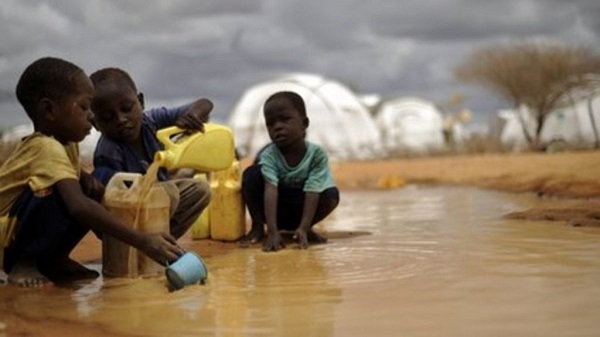
Yemen bears the highest burden of cholera worldwide, having experienced persistent transmission for many years, including the largest outbreak recorded in recent history, which occurred between 2017 and 2020.
As of December 1, 2024, Yemen reported 249,900 suspected cases of cholera, with 861 associated deaths since the beginning of the year. This accounts for 35 per cent of the global cholera burden and 18 per cent of reported global mortality. The number of cases and deaths reported in November 2024 are 37 per cent and 27 per cent higher than those recorded in the same month in 2023. This increase is largely attributed to updated data from Yemen, incorporating more detailed information from all governorates.
The boundaries and names shown and the designations used on this map, do not imply any opinion by the World Health Organisation regarding the legal status of any country, territory, city, area, or its authorities, or concerning the delimitation of frontiers or boundaries.
“The outbreak of waterborne diseases like cholera and acute watery diarrhoea imposes an additional burden on an already strained health system facing multiple disease outbreaks. WHO and humanitarian actors are struggling to address the increasing needs due to severe funding shortages,” said WHO representative and head of mission in Yemen, Dr. Arturo Pesigan.
“Lack of access to safe drinking water, poor community hygiene practices and limited access to timely treatment further hinder efforts to prevent and control the disease,” he added.
Addressing cholera in Yemen requires urgent and comprehensive interventions, including coordination, surveillance, laboratory capacity, case management, community engagement initiatives, water, sanitation and hygiene (WASH), and oral cholera vaccinations. Timely and sufficient funding is essential for these efforts. Additionally, damaged public water and sanitation infrastructure must undergo intensive rehabilitation to prevent a recurrence of the devastating scenario witnessed between 2017 and 2020.
Based on projections made in September for the response period between October 2024 and March 2025, Yemen’s cholera response faces a funding gap of $20 million. Between March and the end of November 2024, 47 diarrhoea treatment centres (DTCs) and 234 oral rehydration centres (ORCs) were closed due to lack of funding. Another 17 DTCs and 39 ORCs are set to close by the end of 2024—representing 84 per cent of DTCs and 62 per cent of ORCs—if additional funding is not provided to health partners.
Since the emergence of the latest cholera outbreak in March 2024, WHO has collaborated closely with Yemen’s Ministry of Public Health and Population and the Ministry of Health and Environment through the UN multisectoral response plan to manage the outbreak. WHO has supported over 25,000 rapid response team missions to investigate alerts and initiate control measures locally; provided laboratory reagents and supplies to confirm infections in 12 central public health laboratories; procured and distributed essential medicines, medical supplies, WASH and infection prevention and control supplies to health facilities, including 18 DTCs under WHO’s support; trained over 800 health workers in case management and supported an oral cholera vaccination campaign that provided protection to 3.2 million people across 34 districts in six governorates of Yemen.

